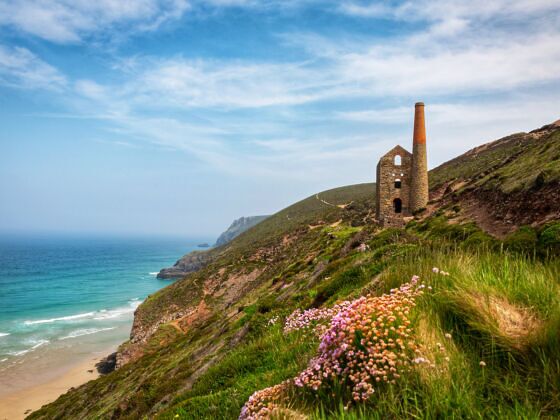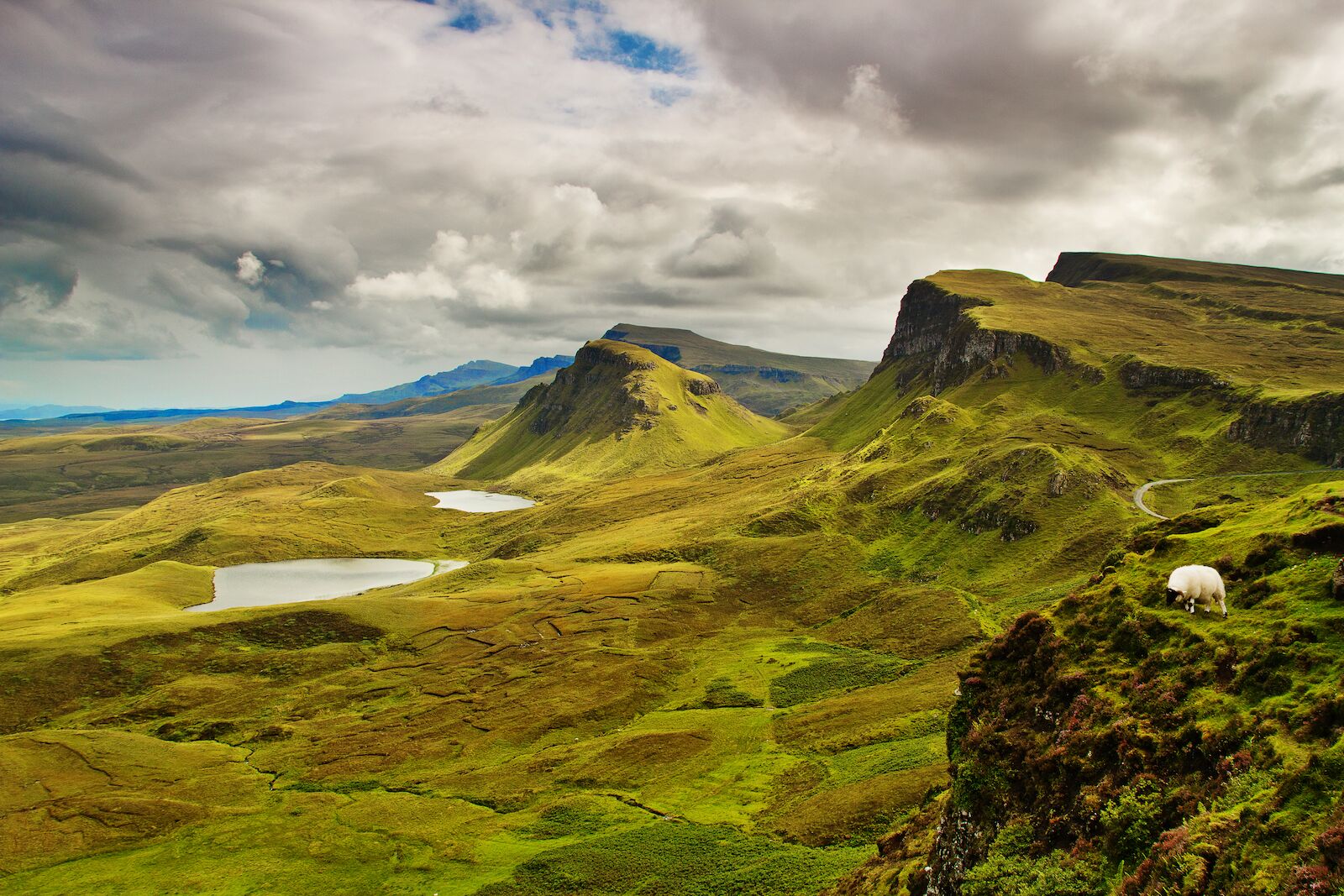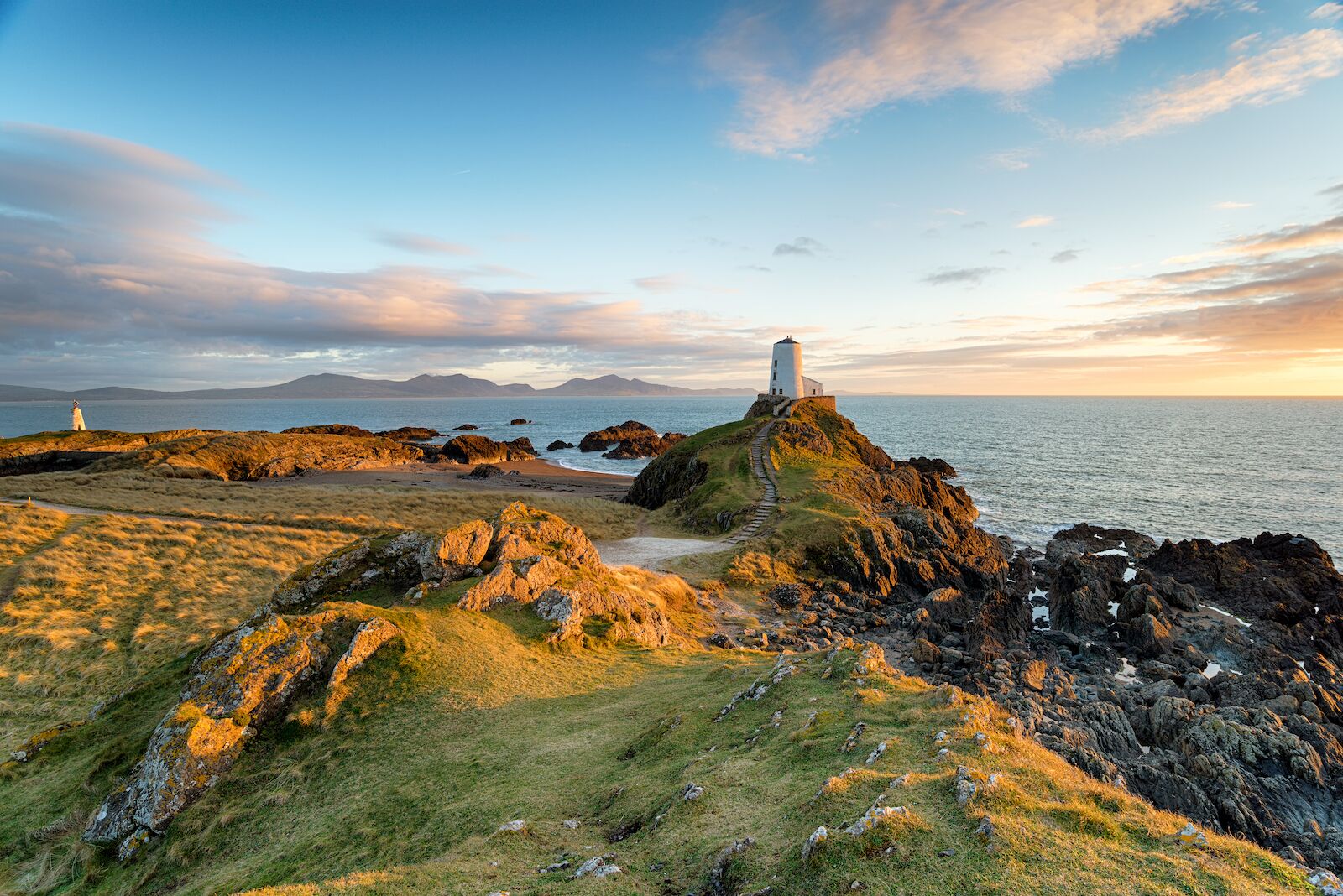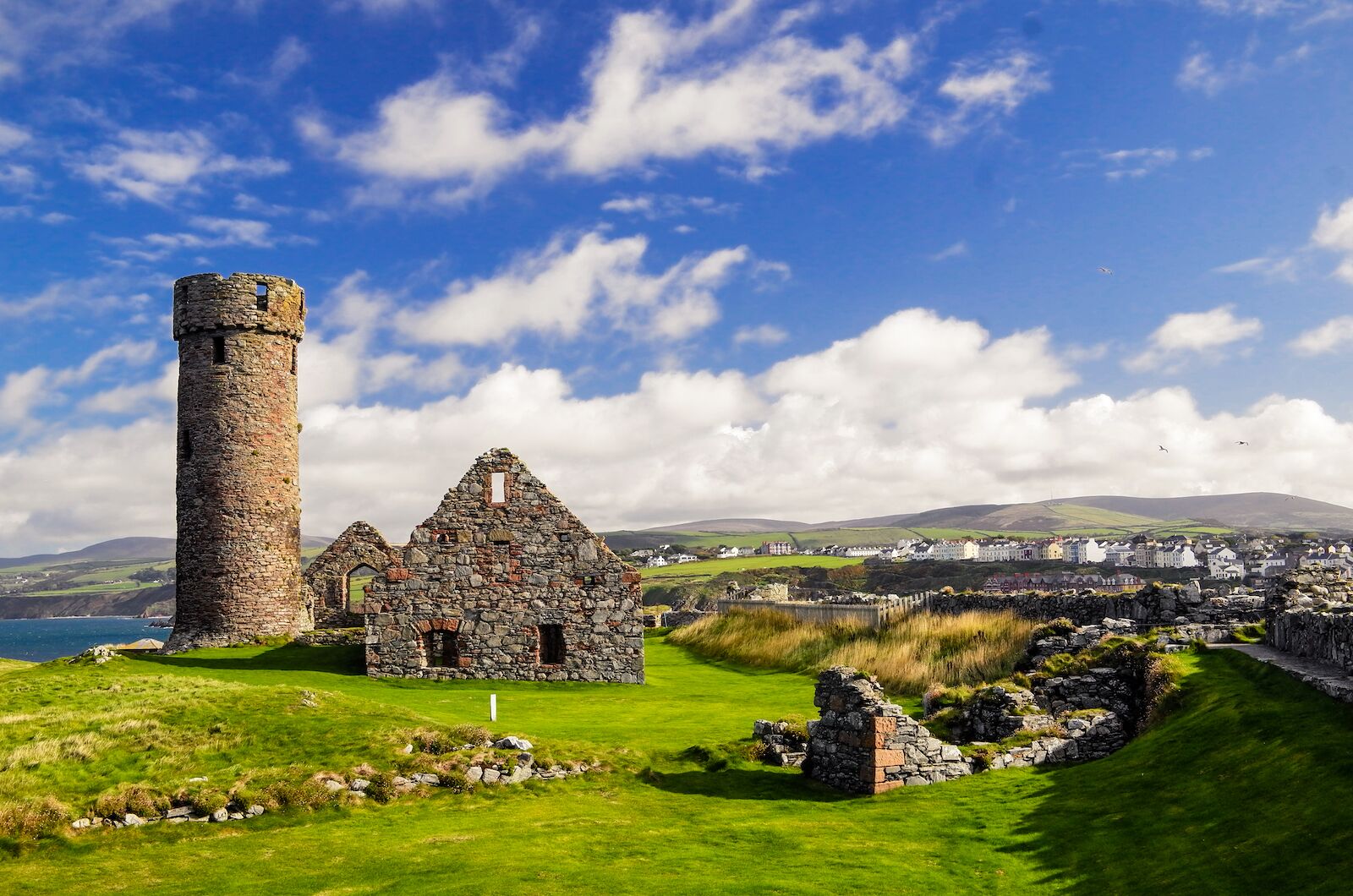Celtic tribes once occupied much of mainland Europe, stretching as far east as modern-day Turkey. Over time, invaders forced the Celts west, and today, there are only six Celtic nations in the world clustered around western Europe, specifically parts of the United Kingdom, Ireland, and Brittany in France.
Celtic languages are the roots of the Celtic nations
Some argue that Galicia in northwestern Spain is the seventh Celtic nation as its Celtic heritage is evident to this day, but the six official nations are determined by the existence of a Celtic language that survived into the modern era and Galicia has none.






